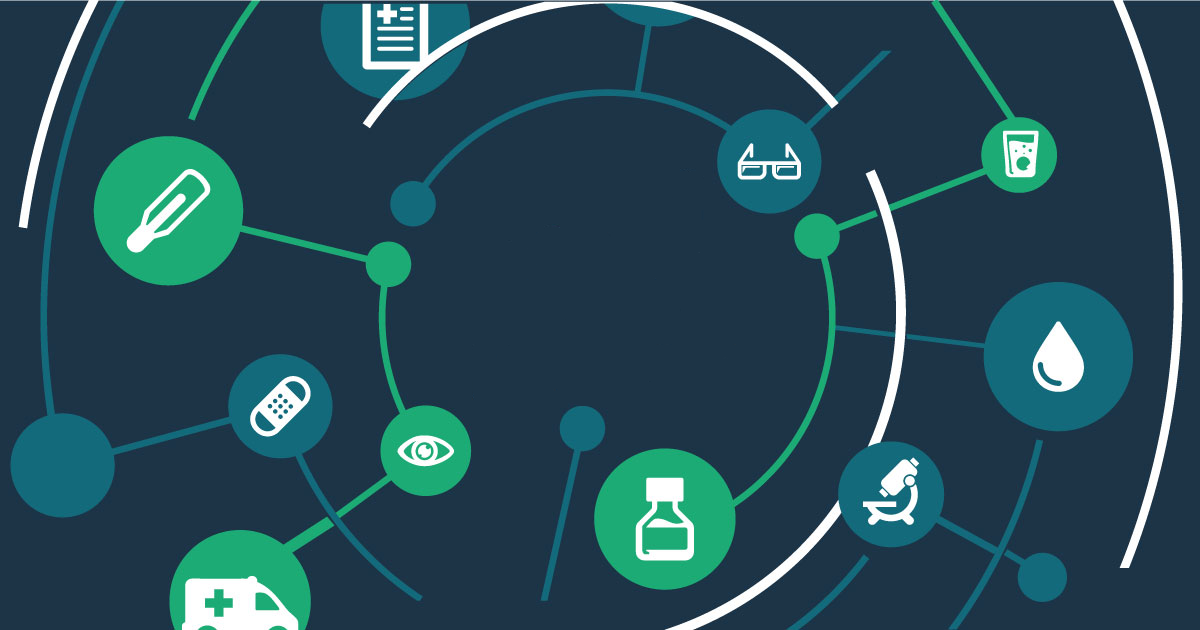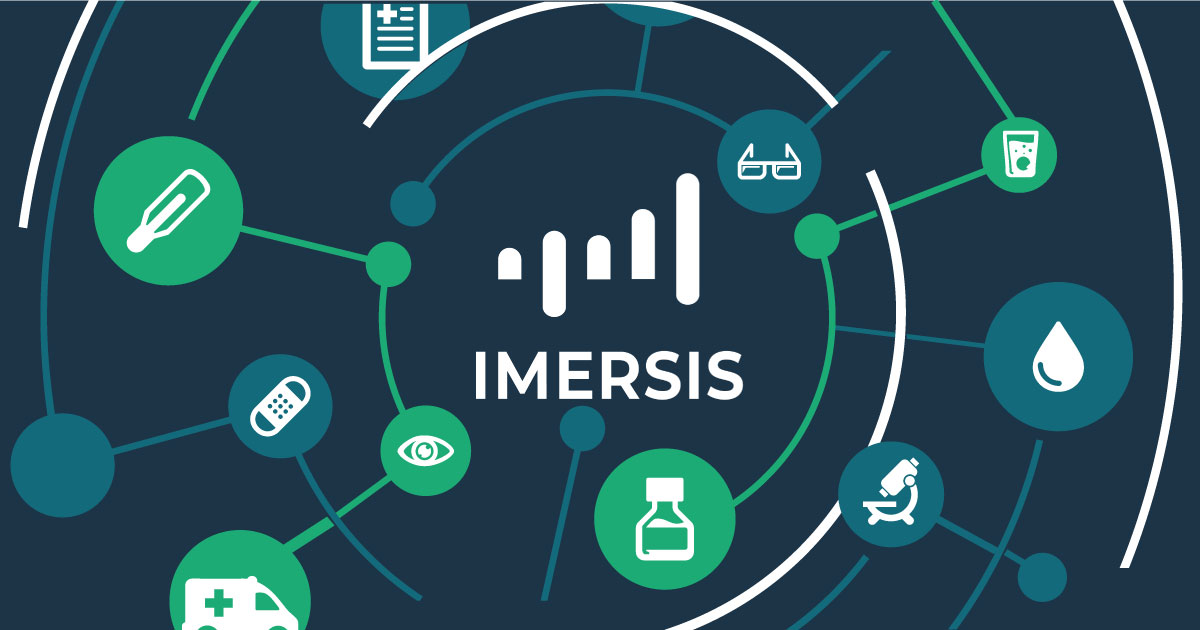The 2021 Medicaid Enterprise Systems Conference (MESC 2021) is in the books, and many sessions and discussions highlighted Mathematica’s partnerships with the Centers for Medicare & Medicaid Services (CMS) and state Medicaid agencies. Conference attendees learned how Mathematica helps CMS obtain, transform, and improve the quality of state Medicaid administrative data to support state and federal policy decisions. They also learned how Mathematica can help states synthesize local public health data to evaluate public health policies and monitor local health trends. Throughout the conference, transparency, value, equity, access, and beneficiary control emerged as priorities for CMS policies, with a clear focus on the close state–federal partnerships that make Medicaid so unique. The conference presented several themes for Medicaid stakeholders to consider when modernizing their systems to support equitable care delivery across states.
T-MSIS has a long future
In the plenary session that opened the conference, Dan Tsai, director of the Center for Medicaid and CHIP (Children’s Health Insurance Program) Services (CMCS), and Julie Boughn, director of the Data and Systems Group for CMCS, delivered a clear message: the Transformed Medicaid Statistical Information System (T-MSIS) will continue to grow as the data source of record for CMS oversight and quality and performance measurement activities. T-MSIS is the leading administrative data set state Medicaid agencies submit to CMS. With three major priorities—(1) advancing equity, (2) improving access to care and coverage, and (3) reforming health systems through social determinants of health—the federal administration’s proposals to address health disparities will require a bold, data-first effort to shape monitoring and policymaking activities. This effort will require the creation of digital tools that advance data quality, help standardize state data, and make data portable in the federal and public health environment. Such tools will require a projected public investment of more than $60 billion over the next five years through Advanced Planning Documents.
As the T-MSIS data set becomes a larger factor in CMS decision making, it will push states to focus on improving its quality and use within state Medicaid agencies. CMS and Mathematica continue to develop use cases for T-MSIS data—for example, to replicate federal financial and administrative reports like form CMS-416; the Annual Early and Periodic Screening, Diagnostic, and Treatment Participation Report; form CMS-64 quarterly expenditures; and self-reported adult and child core set measures.
Although states will still have the freedom to structure their Medicaid Management Information System (MMIS) modules to meet their needs, they will need a partner that understands the data from a federal perspective. Several MESC sessions highlighted Imersis, a data-quality platform jointly developed by Mathematica and NewWave to evaluate Medicaid administrative data throughout the T-MSIS submission process. Strengthening the link between state and federal data, to ensures a common and accurate view of the Medicaid delivery system at all levels.
Data linkages improve insights
As states and MMIS partners shared their experiences responding to the public health emergency (PHE) over the past year, system interoperability and data linkage took center stage. Both entities identified interoperability as a strength and a barrier to monitoring the PHE. Systemwide interoperability is achievable when data producers and consumers are included at all levels of the health delivery system. Their inclusion helps identify common use cases of data, so unified sets of health data can drive health care decisions—from individual beneficiaries to payers. Interoperability and its funding has focused on the linkage between payers, institutional providers, and researchers. But interoperability is also essential to advancing data quality and portability at the beneficiary level in all states to comply with the Interoperability and Patient Access final rule. States can also use data linkage to drive compliance with Dual Eligible Special Needs Plans integration, federally required institutional discharge notification standards, and provider pricing transparency.
Health data sustainability is linked to Medicaid funding
Public health modernization initiatives in the American Rescue Plan Act, combined with the expiration of certain interoperability provisions of the Health Information Technology for Economic and Clinical Health Act, place state Medicaid agencies at the center of public health data sustainability. Near-term funding presents a generational opportunity for state public health systems to advance data quality, linkage, and multiagency use for public good. But the sustainability of many of these joint state–federal investments will depend on their ability to integrate with the operations and financing of their state Medicaid and MMIS systems. Once fiscal stimulus funding is exhausted, MMIS modernization funding will remain the largest non-state source of sustainable financing for health information technology.
Integrating the nation’s largest insurer—Medicaid—with public health information systems should be viewed as a necessary next step in developing a state’s data ecosystem. Unfortunately, the vast scope and myriad complexities of Medicaid programs and financing prevent public and private stakeholders from joining the effort to modernize the aging public health infrastructure. When designing modernization efforts, state health agencies should engage in integrated planning across Medicaid, social services, and public health domains to ensure that data systems and operations are interoperable, high quality, and structured to meet the objectives not only of the funding streams that are available for immediate modernization but also the programs and funders that will sustain their operation and continued modernization over time.




